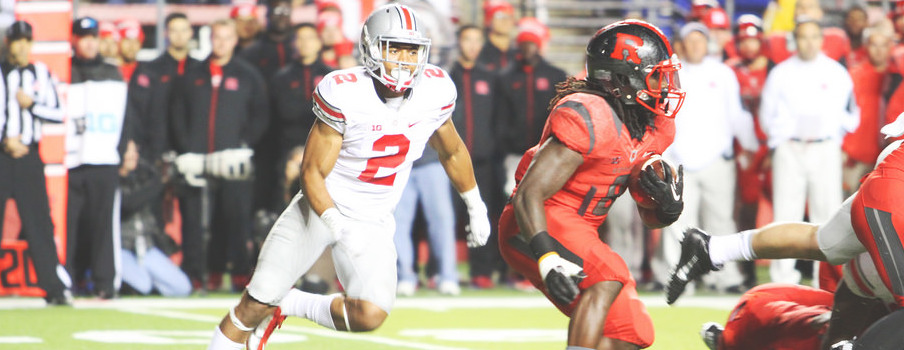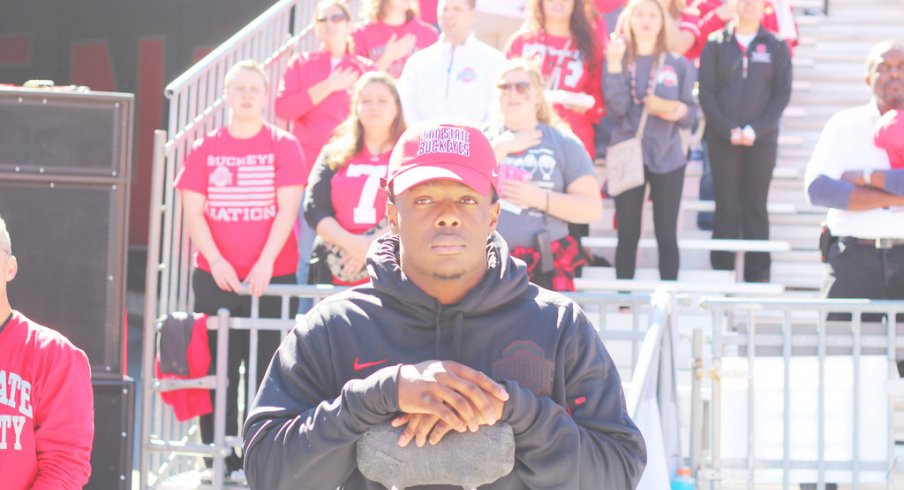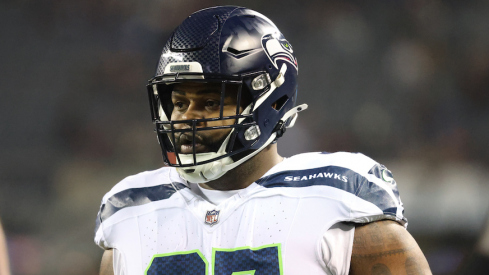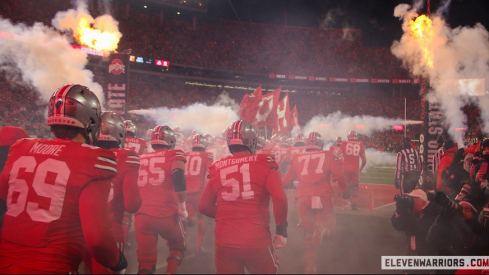Urban Meyer prides his football program on being "nine units strong," a mantra that falls in line with the fact there are nine position groups on the team. Meyer preaches this all the time, but the people who often fall through the cracks in order to ensure this happens belong to Mickey Marotti's strength staff.
"Each position unit has a person, we call him a performance liaison," Marotti said Wednesday. "It might be one of the assistant athletic trainers, it might be one of the assistant strength coaches."
Marotti's staff is responsible for working with players that not only have aches and pains, but more severe injuries that require extensive rehabilitation. Football is a rough outfit, and no player is immune to injury. Many times, surgery can occur in the offseason to repair nagging maladies that wouldn't go away on their own.
"You get injured or you get a bump or a bruise during the season and you've gotta have surgery, you're kind of out of it a little bit," Marotti said. "You kind of out of the deal."
For example, star running back Ezekiel Elliott sat out 2015 practice as he recovered from wrist surgery, an injury he dealt with during the 2014 national championship season. Curtis Samuel had a procedure on his foot last month to also put to bed an issue that plagued him during the season.
“When this thing started, we got Johnnie Dixon and Marshon Lattimore, guys that have had little nagging things, we put them on a little bit more extensive lower body program. To try and catch them up.”– Mickey Marotti
More extensively, players like wide receivers Noah Brown and Corey Smith have longer roads to recover from injuries that ended their seasons. In Brown's case, it happened before he played a down in 2015 — breaking his leg in August during camp. Smith suffered a similar fate Oct. 3 in a 31-24 victory at Indiana. Both were lost for the season, and Meyer confirmed National Signing Day that Smith received a sixth year of eligibility from the NCAA and will play in 2016.
We're nearing the six-month mark since Brown's injury and are more than four months removed from Smith's. Marotti said each are coming along nicely in their recovery, they just need to be patient in the process.
"They're coming along great. It just takes time," Marotti said. "They're doing a great job, they're getting back into it."
Brown and Smith are vital pieces to Ohio State's wide receivers room that were missing at different portions of 2015, and starting quarterback J.T. Barrett is eager for their return.
"Noah is doing stuff to the side, same thing with Corey," Barrett said Wednesday. "I think he said during spring ball he'll be able to sprint full speed at a straight line, but don't know about cutting yet. They're both doing different workouts."
Among those workouts include various water training sessions.
"I think everybody is going to be running here very shortly," Marotti said. "A lot of them are doing the running in the AlterG in the water so they're progressing nicely. It's good."
Different graduate assistants and trainers assist Marotti to create specific rehab specialties for players that also have nagging ailments. Wide receiver Johnnie Dixon, for example, has battled knee tendonitis since enrolling at Ohio State in January 2014.
"When this thing started, we got Johnnie Dixon and Marshon Lattimore, guys that have had little nagging things, we put them on a little bit more extensive lower body program," Marotti said. "To try and catch them up."
Marotti added that both Dixon and Lattimore—who has dealt with hamstring issues—are both "progressing nicely" this winter. The latter has a specific trainer working with him once spring practice rolls around next month, in a similar way physical therapist Adam Stewart does with others. It doesn't end there, either.
"Phil Matusz will have the D-line and he'll be with the D-line when spring ball starts," Marotti said. "Right now in training it's a little bit different."
Speedsters Dontre Wilson and James Clark are off running sprints with the track team while defensive tackle Robert Landers is throwing for the same outfit. All also work out with the football program, and Marotti said Wilson is finally healthy from the nagging foot injury he suffered at Michigan State in November 2014. He had to be to run track.
"Those guys are really doing a great job," Marotti said of the trio pulling double duty.
The Buckeyes categorize players in three groups: Gold, red and blue. Meyer discussed the tier system in the past, but at its basics reserves gold for the elite guys in the program who don't need told to handle their business, red for those trending upward and blue for freshmen or those who simply need to be better.
"So a strength coach may take a blue group, a red group or gold group, whatever," Marotti said. "Then the athletic trainers all have guys."
The recovery process is a slow one for some, but obviously necessary before drills begin March 8. It is even more crucial this winter because there are so many open spots up for grabs. Taking care of business in the training room is just as important as hitting the weights and not loafing in sprints if you want to earn a spot.

"I think it's taking care of their business, being accountable, being a leader, doing every week what we ask them to do," Marotti said. "If we ask them to be at this body weight, they just do it. They're the first ones up at breakfast, they're the first ones in the training room, they're the first ones in the weight room, last ones to leave."
And when players go down with an injury, Meyer turns to Marotti and the so-called "performance liaisons" to try and get players back to form as quickly as possible. It happens every single day, even on the so famed Valentine's Day Massacre workout that took place Friday morning.
"I think we are definitely making strides, I think we are progressing day-to-day. It's minute-to-minute, 10-minutes to every 10-minutes," Marotti said. "Just you're trying to find positive things. We evaluate them all the time based on attitude and effort and demeanor and leadership and mental toughness.
"Are they getting to their body weight? Are they getting to their body fat? Are they getting strong? Are they getting fast? All the things that we do every day, we're evaluating those things, just to give them instant and continual communication throughout that week."


